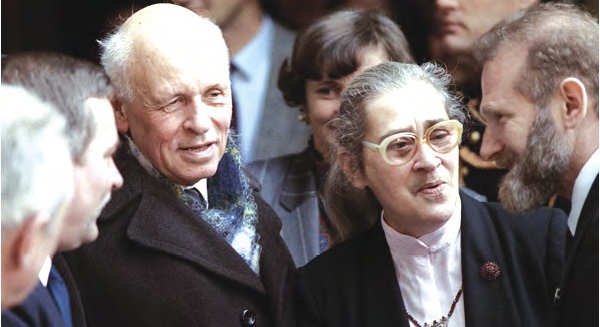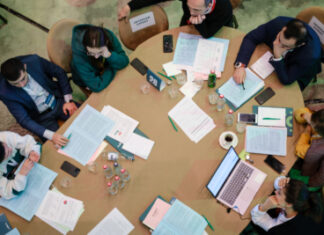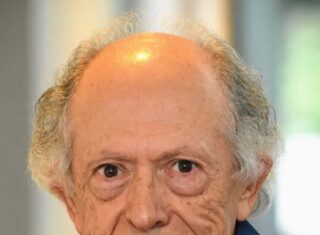By Alessandra Stanley and Michael Schwirtz

BOSTON (New York Times) — Elena G. Bonner, the Soviet dissident and human-rights campaigner who endured banishment and exile along with her husband, the dissident nuclear physicist Andrei D. Sakharov, died here on Saturday. She was 88.
The cause was heart failure, said Edward Kline, a director of the Andrei Sakharov Foundation. He said Bonner had been in the hospital since February.
Maligned by the government and, for much of her life, cast aside by society, Bonner and her husband were considered royalty among the tight-knit and embattled community of dissidents who challenged Soviet authority.
Before and after exile, their modest Moscow apartment was a command center of sorts from which a seemingly quixotic, but in many ways successful, war against Soviet authoritarianism was waged.
Though Sakharov was better known, Bonner became a force in her own right, waging a tireless campaign to improve the lives of her people long after her husband’s death in 1989.









